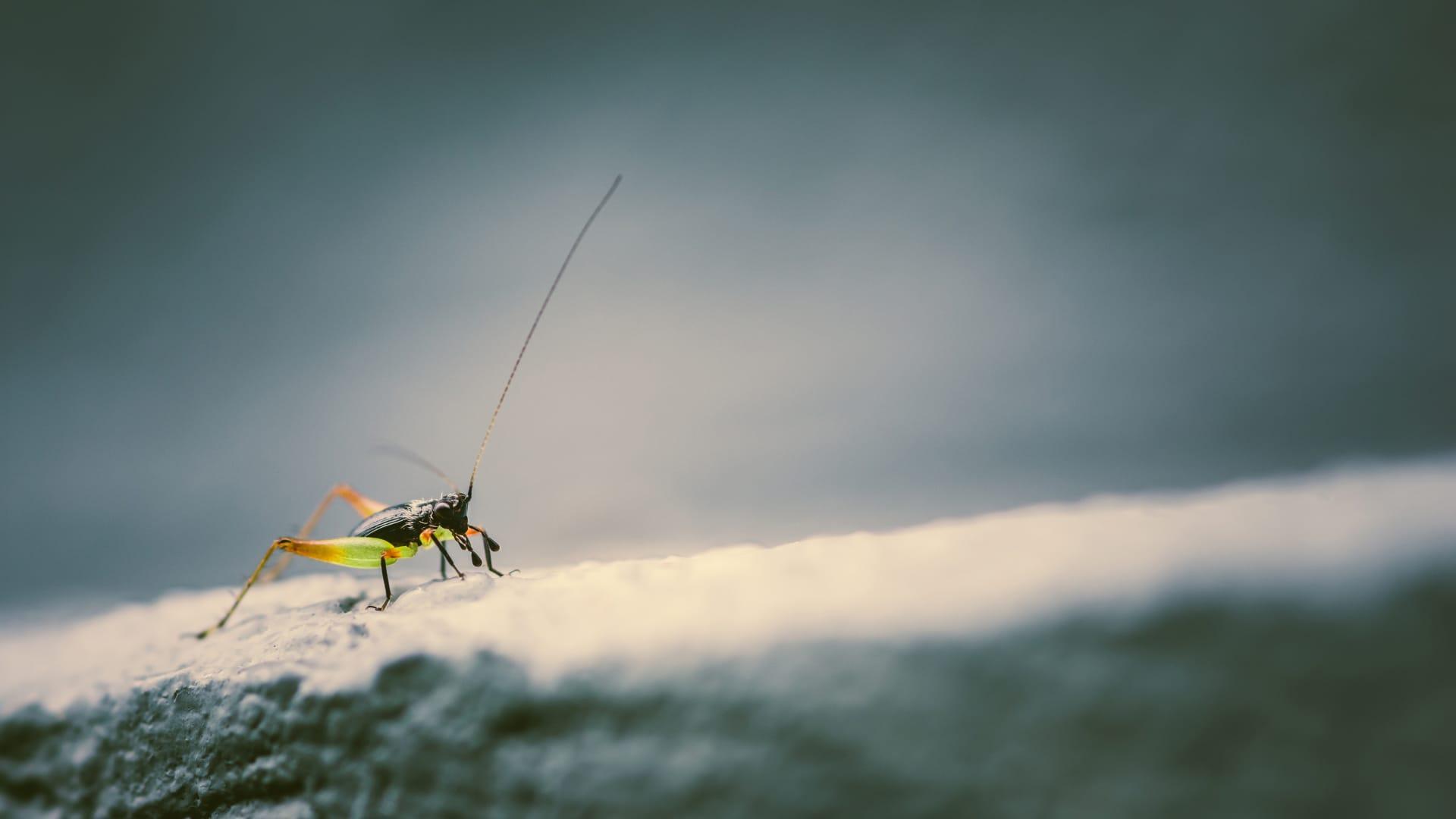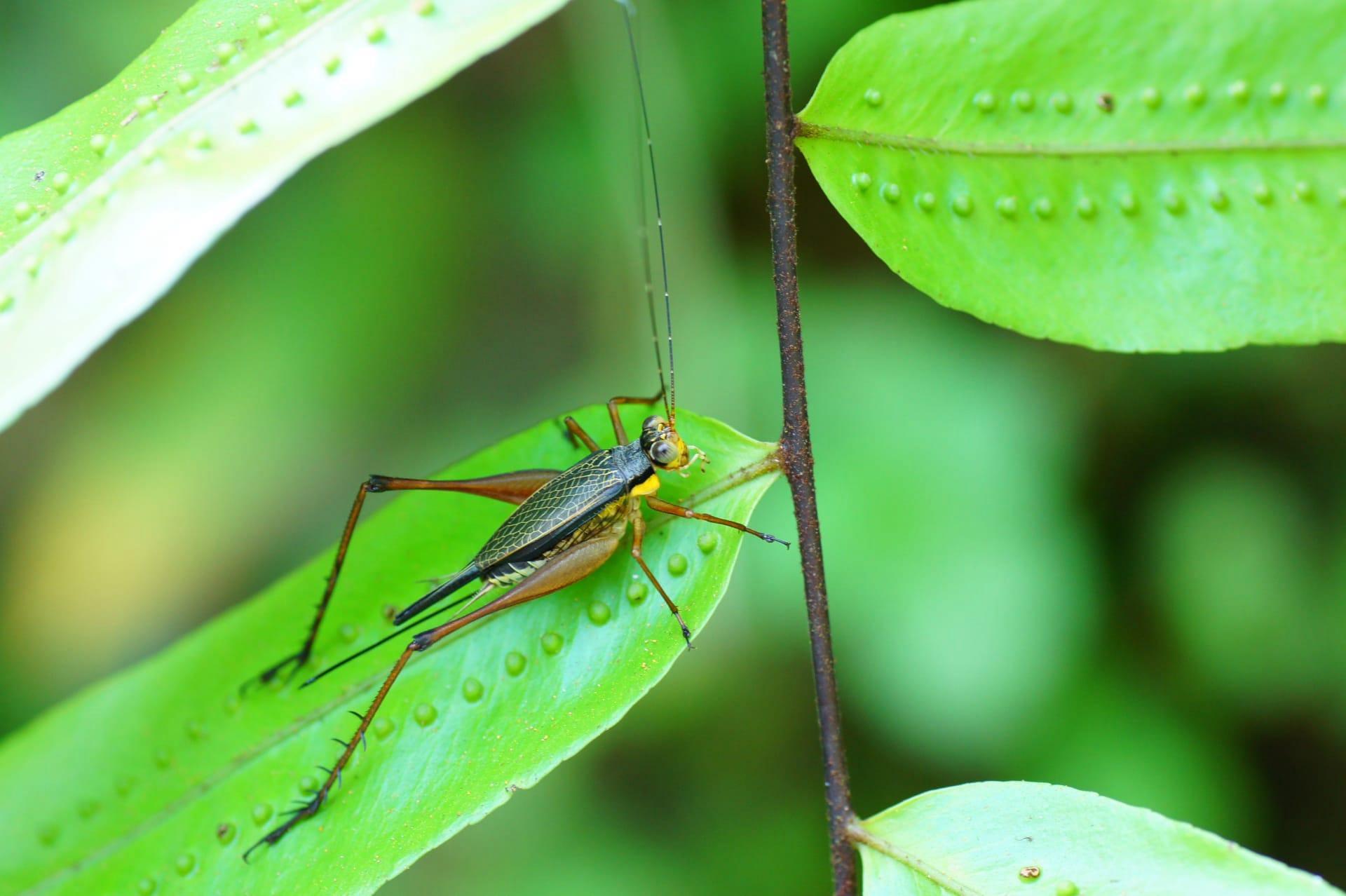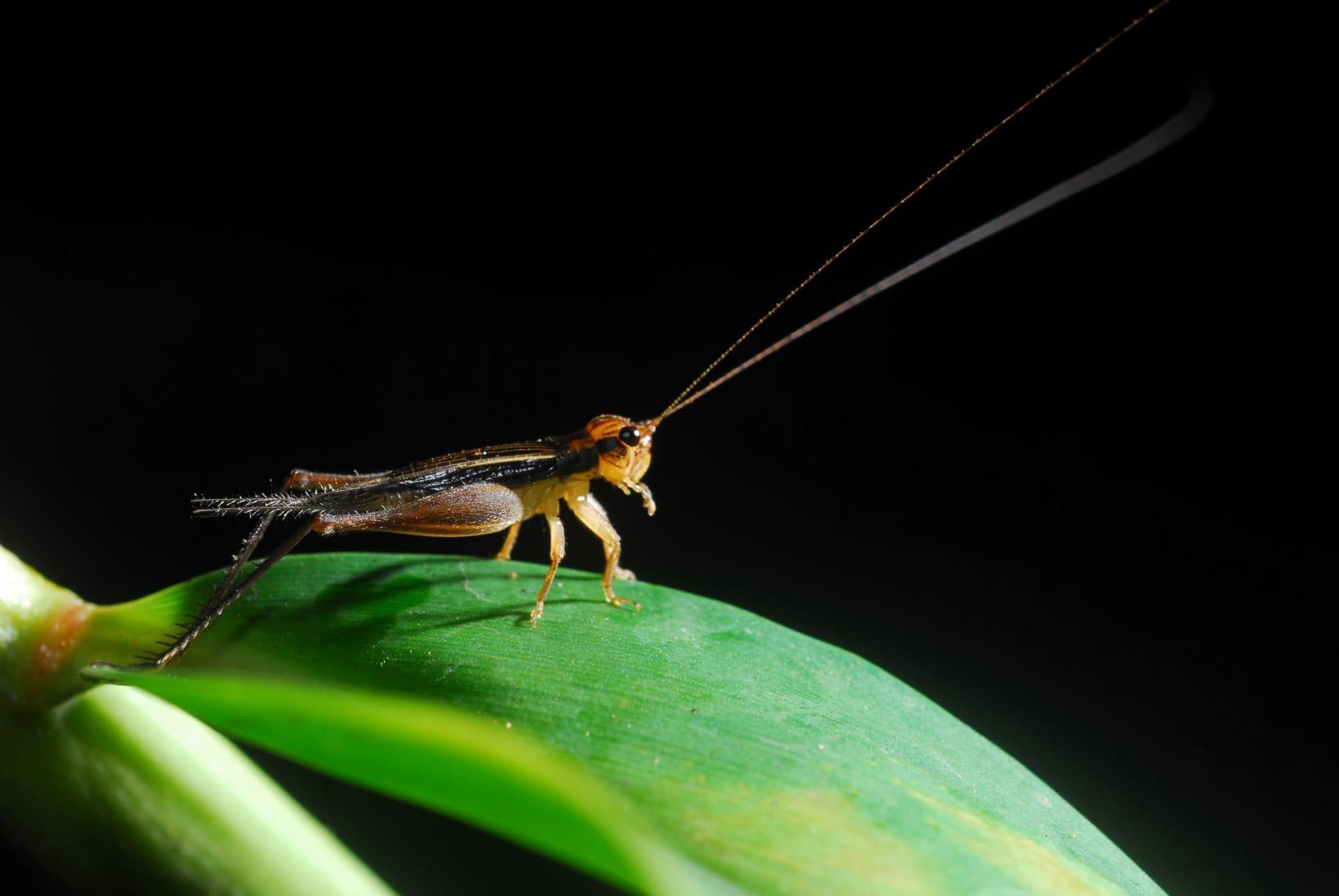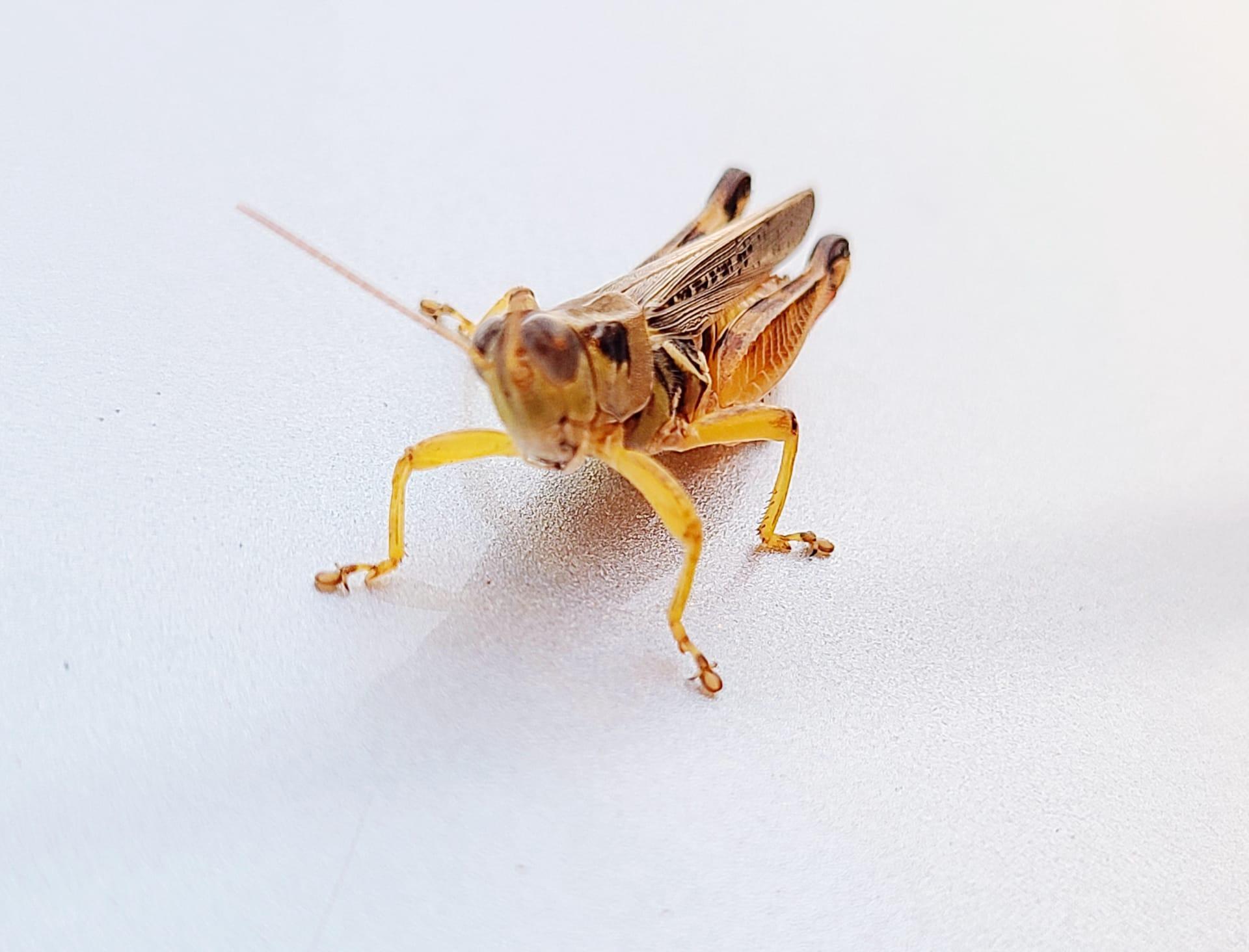1
Crickets are not just noise makers; they're natural thermometers. The frequency of a cricket's chirps correlates with the temperature. Specifically, you can calculate the approximate temperature in Fahrenheit by counting the number of chirps in 14 seconds and adding 40. This method, known as Dolbear's Law, named after Amos Dolbear who formulated it in 1897, surprisingly holds true for many cricket species. It's a handy trick for a quick temperature check during a warm night.
Another intriguing fact about crickets is their diet. They are omnivorous and will consume almost anything. Typically, their diet includes plants, fungi, and smaller insects, but they can also scavenge dead animals and even snack on their own dead when food is scarce. This dietary adaptability aids their survival in diverse environments, from forests to grasslands.

2
Communication is key in the cricket world. Male crickets chirp to attract females and repel other males. They produce this sound by rubbing their wings together, a process called stridulation. Each species has a unique chirping pattern, which helps females identify and locate potential mates of the same species in a crowded and noisy environment.
Cricket's ears are located on their front legs, just below the knee. This unusual placement provides them with excellent directional hearing. The tympanum, or eardrum, on each leg can detect the precise direction of sounds, enabling crickets to accurately respond to the chirps of other crickets, predators, and even human footsteps.

3
Crickets have a significant impact on the ecosystem. They help in decomposing plant material and dead insects, contributing to nutrient cycling. Their activity enriches the soil and supports plant growth. Furthermore, as a food source for a variety of animals like birds, spiders, and small mammals, crickets play a crucial role in the food chain.
Some cricket species exhibit remarkable survival strategies. For instance, the snowy tree cricket adjusts its color from green in summer to brown in autumn. This color change helps them blend with their environment, providing camouflage against predators. It's a fascinating example of adaptability and survival instinct in the insect world.

4
Lifespan of crickets varies widely among species, but most live about 8 to 10 weeks. This short life cycle is marked by rapid growth and several molts before reaching adulthood. The speed of their life cycle makes them a subject of interest in studies of genetics and developmental biology.
In many cultures, crickets are considered good luck. In China, crickets have been kept as pets for thousands of years for their melodious chirping. Traditional Chinese cricket containers are often elaborately designed, reflecting the high esteem in which these insects are held. The cricket's song is not only a symbol of good luck but also an integral part of cultural heritage in many Asian countries.

5
Crickets are emerging as a sustainable protein source. They require far less land, water, and feed compared to traditional livestock. Cricket farming produces lower greenhouse gas emissions, making it an eco-friendly alternative to meat production. They are high in protein, vitamins, and minerals, and are being incorporated into various food products like cricket flour and energy bars.
Crickets can hear ultrasonic sounds. This ability is crucial for survival, as it helps them avoid predators like bats that use ultrasonic echolocation to hunt. Their sensitivity to high-frequency sounds is an excellent defense mechanism, showcasing the evolutionary adaptations of these fascinating insects.